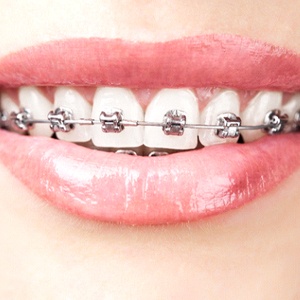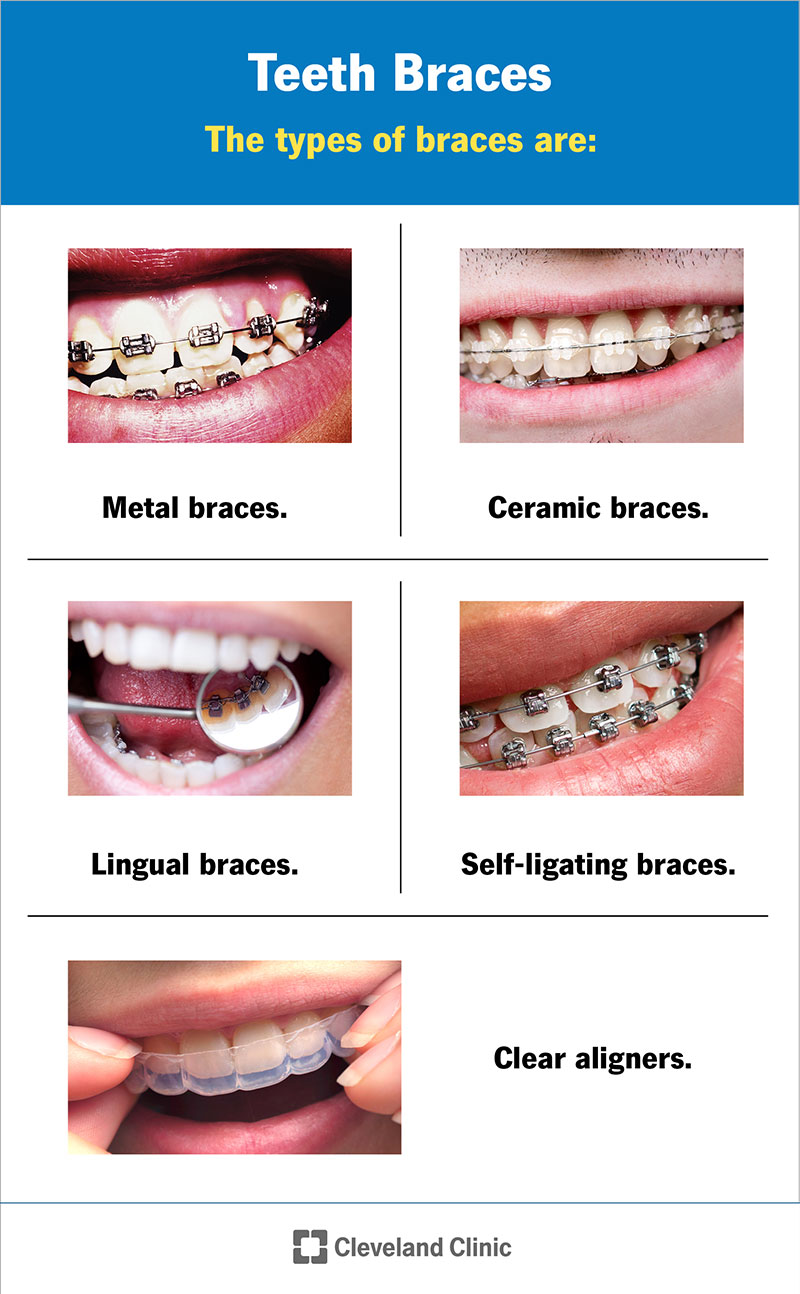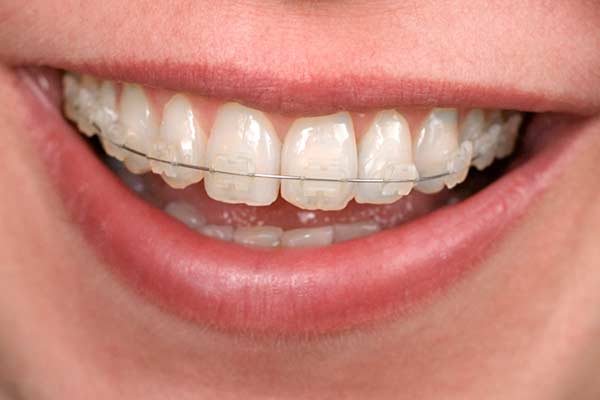Comprehensive Guide to Orthodontics Treatments for Correcting Oral Imbalances
Recognizing the details of each procedure, including their devices, advantages, and potential drawbacks, is essential in making notified decisions regarding one's orthodontic therapy. As we browse via the thorough overview to orthodontic treatments for dealing with oral imbalances, the intricate details of each method will certainly unravel, shedding light on the course towards a useful and unified oral placement.
Orthodontic Procedures Introduction

Routine modifications and monitoring are important components of orthodontic therapy to guarantee development is on track and to make any kind of necessary modifications along the method. By undertaking orthodontic treatments, patients can not only accomplish a straighter grin yet also improve their general oral health and wellness and feature.
Traditional Braces: Exactly How They Function
When thinking about orthodontic treatments for dental imbalances, typical dental braces stick out as a tried and true method for correcting teeth placing. Typical braces include braces, cables, and bands that interact to use constant stress on the teeth, progressively moving them into the wanted placement. The braces are connected to the teeth utilizing an unique adhesive, and the cables are threaded with the braces. By changing the stress of the wires, orthodontists can control the instructions and pressure applied to each tooth, directing them into proper alignment over time.
As pressure is applied to the teeth with the dental braces, the bone bordering the teeth is improved to sustain the new tooth positions. Clients will certainly require normal changes at the orthodontist's workplace to ensure the braces continue to apply the appropriate pressure for efficient teeth motion.
Unseen Aligners: Cons and pros
Undetectable aligners supply a convenient and discreet alternative to conventional braces for remedying oral misalignments. These clear, customized trays are essentially invisible when worn, making them an appealing choice for people looking for an extra visually pleasing orthodontic treatment. Among the main advantages of unseen aligners is their removability, permitting much easier upkeep of dental hygiene compared to conventional braces. Patients can remove the aligners prior to consuming or brushing their teeth, reducing the risk of food obtaining stuck in the appliance and streamlining the cleansing process.

Surgical Orthodontic Options
Surgical interventions in orthodontics present feasible options for dealing with complicated dental imbalances that may not be properly dealt with with standard orthodontic therapies. While invisible aligners and traditional braces can fix numerous orthodontic problems, certain cases require surgical treatment to attain optimum outcomes. Surgical he said orthodontic choices are commonly advised for extreme malocclusions, substantial jaw inconsistencies, and situations where the underlying bone structure needs modification to attain correct positioning.
One typical surgical orthodontic procedure is orthognathic surgery, which entails repositioning the jaws to correct useful concerns such as problem talking or chewing. This surgery is usually executed in partnership with an orthodontist who aids line up the teeth before and after the treatment. Surgical orthodontics might also entail procedures to expose influenced teeth, eliminate excess gum cells, or reshape the jawbone to create an extra harmonious face profile.
Before taking into consideration surgical orthodontic alternatives, individuals undergo a thorough examination to determine the need and prospective advantages of such interventions. orthodontics. While surgical procedure may appear difficult, it can significantly boost both the function and appearances of the smile in situations where standard orthodontic treatments fail
Retainers and Post-Treatment Treatment

Post-treatment treatment involves complying with the orthodontist's guidelines vigilantly. This might include appropriate dental hygiene practices, going to follow-up visits, and wearing the retainers as suggested. Failing to follow post-treatment treatment instructions can result in relapse, where the teeth gradually relocate back in the direction of their original positions. Constant retainer wear, great dental health, and regular dental examinations are important for preserving the results accomplished via orthodontic surgical procedure and ensuring the long-term stability of the fixed dental positioning.
Conclusion
In verdict, orthodontic treatments provide numerous choices for correcting oral misalignments. Surgical orthodontic alternatives are offered for much more extreme imbalances. Overall, orthodontic treatments can efficiently boost dental health and visual appearance.
As we browse with the thorough guide to orthodontic treatments for remedying oral misalignments, the detailed details of each approach will unfold, losing light on the path towards a useful and harmonious oral placement. - cumming invisalign
One of the most typical orthodontic my review here therapies is the use of dental braces, which consist of steel brackets and cosmetic dental crowns cables that apply gentle stress to progressively change teeth into the desired placement.When thinking about orthodontic treatments for dental imbalances, conventional dental braces stand out as a reliable approach for dealing with teeth positioning. Additionally, unnoticeable aligners may not be appropriate for complicated orthodontic problems that require even more significant teeth movement, as they are commonly recommended for mild to moderate situations. Retainers are tailor-made orthodontic tools designed to hold teeth in their corrected positions after the completion of orthodontic treatment.
Comments on “Top Tips for Picking the most effective Cumming Orthodontist for Braces and Aligners”